The Pikillacta Archaeological Park is extensive, due to the large constructions it presents and for having housed thousands of inhabitants in its precincts.
This wonderful destination is located in the south of Cusco, being a point of attraction of historical value for belonging to the Wari culture, prior to the Inca Empire. Where it highlights the particular form of construction unlike other archaeological sites in the region.
It is a space that has great legacies, that just by setting foot in the place, you will feel that indescribable energy that guides you to discover more of their culture. Undoubtedly it is a place you can not miss, and here we tell you more details of Pikillacta.
Table of Contents
It is a city that was built during the height of the Wari culture at the end of the sixth century, previously it was believed that the archaeological site was part of the Inca culture for belonging to the region of Cusco, however, the engineering technique was compared that had no such similarity.
Therefore, it was detected that in Pikillacta the construction has elements such as adobe and uncarved stones, which later with the corresponding studies it was identified as belonging to another previous culture, being Wari the origin of the site for handling the same style in the region of Ayacucho.
It is one of the largest archaeological centers of Cusco because it has more than 50 hectares, the same that has 700 buildings, 200 precincts, about 500 food stores and other buildings that make up the entire site that may have had the presence of approximately 10,000 people.
Pikillacta functioned as a ceremonial and administrative center, a place of residence with two to three-story buildings and, due to its strategic location, it was used as a military control center over the Quispicanchis valley.
About the construction of water canals, there is a particular story known as the Legend of Sumaq T'ika and Pikillacta.
This tells the story of the courage of a beautiful young woman, Princess Sumaq T'ika, who saw how her people were dying of hunger and the need for the vital liquid they did not have. That is why she decided to offer her love to whoever managed to build an aqueduct for her people to subsist and she and her people brought water with great difficulty to Pikillacta (at that time it was known as Moyna).
One day Sumaq T'ika talks with his brother about this problem that afflicts his heart and his father listens, and then decides with his son to announce the search for the engagement of his daughter. Several noble princes arrived to ask for the hand of the beautiful woman, then she mentions that she will get engaged with whoever is able to bring water to her town, where many deserted and only two remained with the triumph of Auqui Ttito.
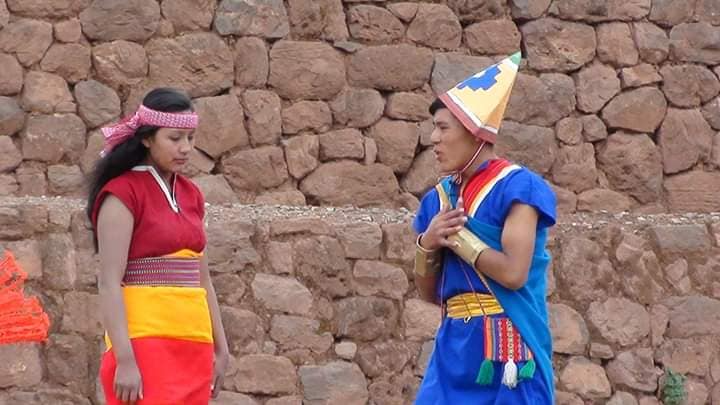
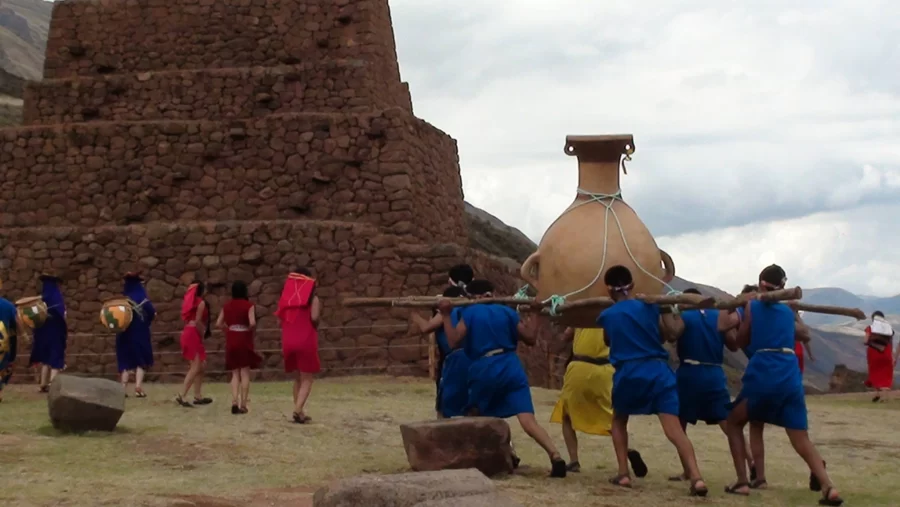
This water channel passes through the Rumiocolca Portal, which is still in use today, whether by legend or other history, it is incredible to know that ancient constructions still maintain their value and importance.
Pikillacta is a Quechua word that translates as "town of fleas", because it housed many people in its precincts.
In 1950, Rowe argued that "Pikillacta was a site belonging to Wari because of the architectural similarities of the culture in Ayacucho". In this way, more than one researcher supported this theory, but the definitive proof is that archaeological remains belonging to the pre-Inca Wari culture, considered one of the largest in Peru, were found.
Pre-Inca Wari culture, was a civilization of the seventh and thirteenth century A.D. that covered the central Andes of modern Peru, had a wide extension and currently has more than 50 archaeological sites. It was composed by a good base in social, economic, political and religious structure that served for the settlers and future generations.
In 2019, the Ministry of Culture of Cusco found:
Tierras de los Andes, organizes your trip in the best way for you to live a unique experience, so it shows you the tours available to visit Pikillacta and other attractions in the city of Cusco.
The Pikillacta Archaeological Park is located on the northeast side of Lucre, in the province of Quispicanchi, at the southern end of the Cusco valley.
If you are in the Plaza de Armas of the city of Cusco, you should consider that Pikillacta is about 50 km away and more than an hour's drive.
To get to the destination, you can go on your own by taking a public transportation vehicle to the Urcos bus stop, get on it and tell the driver that you will get off at the bus stop that leaves you near Pikillacta. However, it is advisable to travel with a tourist agency such as Tierras de los Andes, which is in charge of transportation with the complete package to have the best tourist expedition.
Arriving at the site you can appreciate an Andean landscape where you can visit the museum and the sectors that make up this archaeological site.
Visit the Sito Pikillacta Museum:
In this museum are the archaeological remains found during the investigations of Pikillacta, which exhibits ceramic works, maps and photographs that explain the structure and functioning of the destination.
In this part stands out the exhibition of the carapace of the Glyptodon, an animal that lived in Cusco about 300 million years ago, which has a measure of 2.35 from head to tail, with a 1 meter wide and 1.10 meters high.
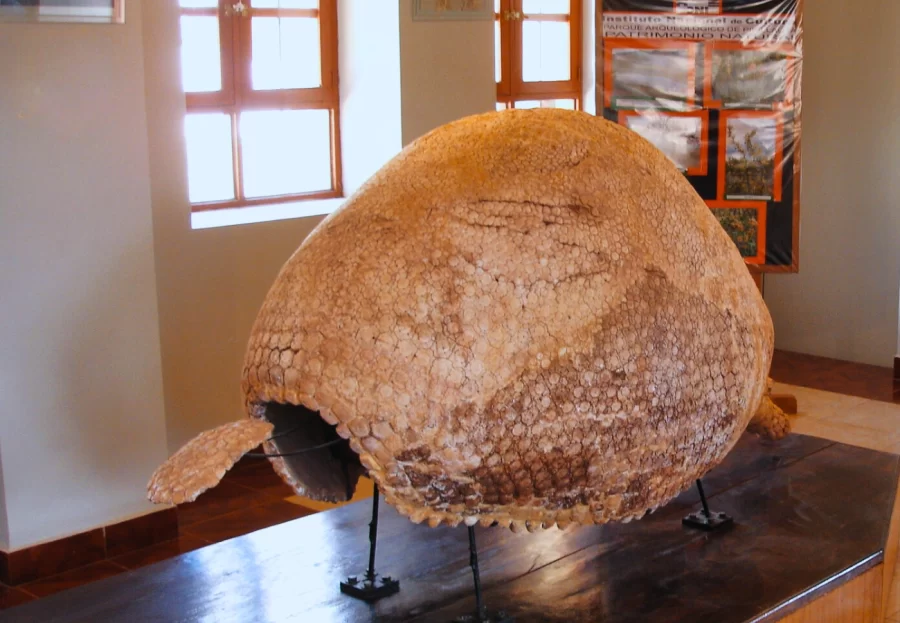
Visit the Pikillacta Sectors:
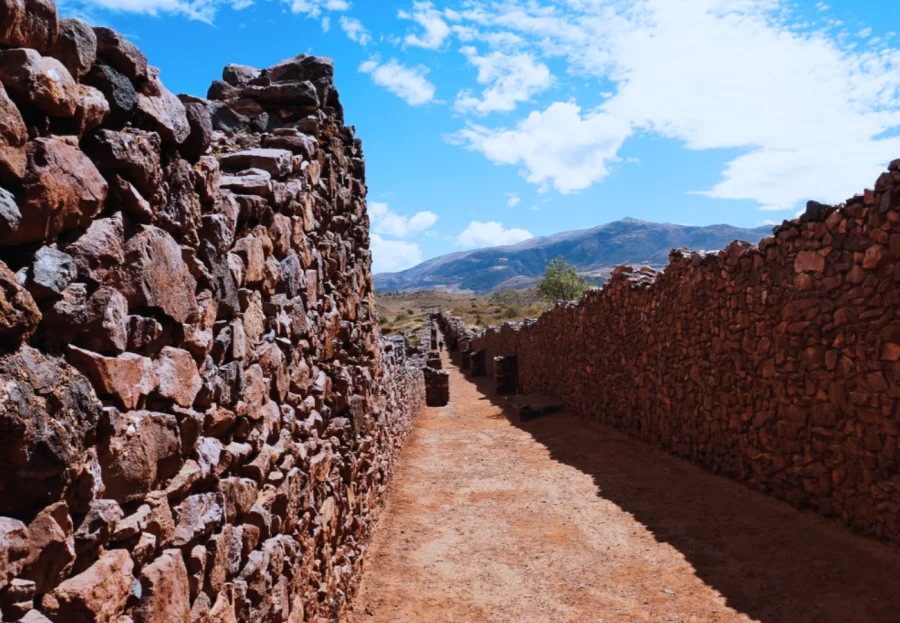
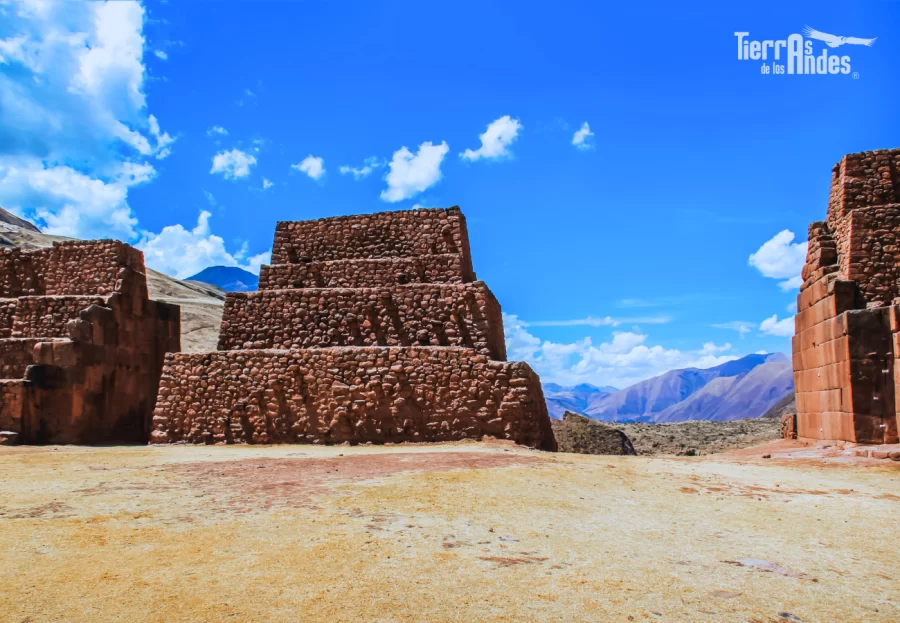
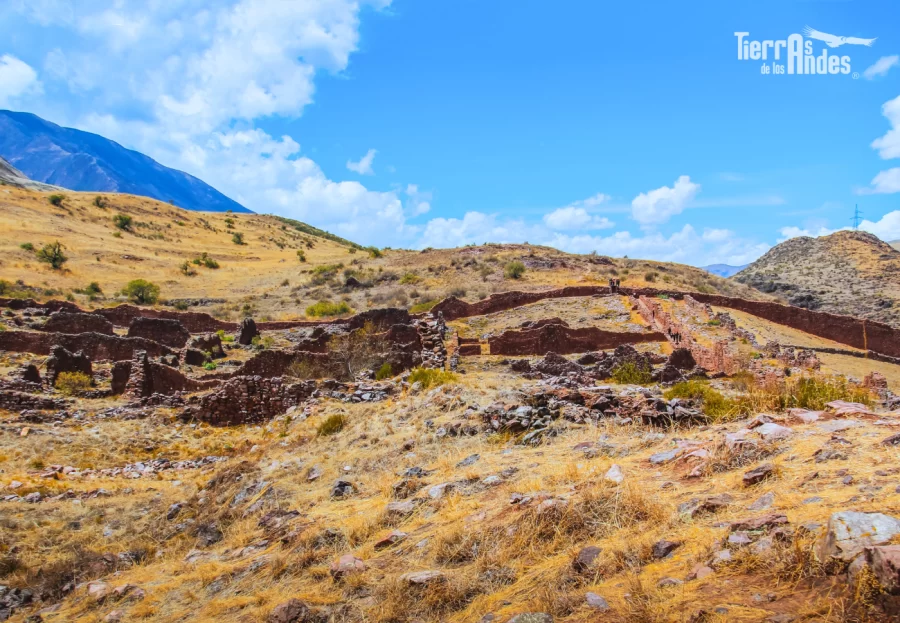
To visit the destination, it is important to take into account that the entrance hours are from Monday to Sunday from 7:00 am to 6:00 pm.
The entrance fee is included in the General Tourist Ticket, with the price of s / 130.00 for adults and s / 70.00 for children and students. This includes three tourist circuits such as Sacsayhuaman, the city with South Valley and Sacred Valley of the Incas.
You also have the option of buying a Partial Tourist Ticket with s/ 70.00 to visit the site of Pikillacta that is within the second circuit that serves to know the city along with the South Valley.
